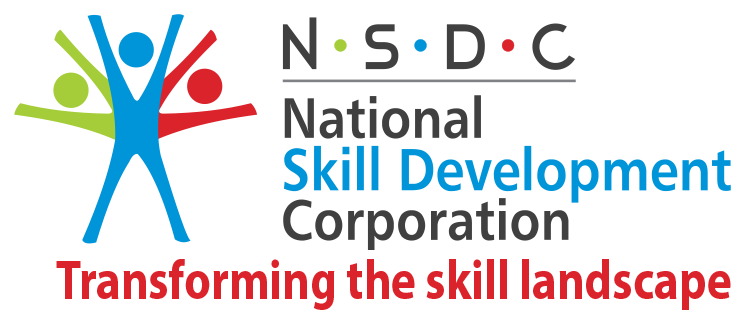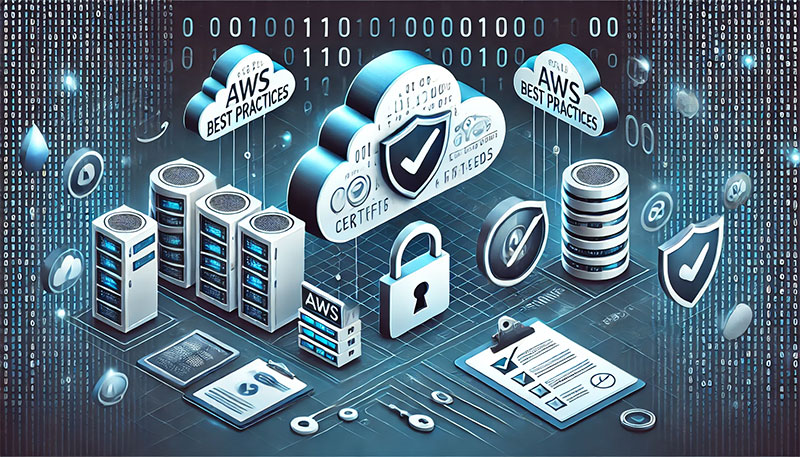Preparing for an AWS Security certification, such as the AWS Certified Security – Specialty, requires a solid understanding of AWS security best practices. AWS provides a comprehensive set of tools and guidelines to help secure your infrastructure and applications, and it is essential to grasp these concepts both for certification and practical cloud security implementation. Below are the key AWS security best practices you should know before getting certified.
- Identity and Access Management (IAM) Best Practices
- Principle of Least Privilege: Grant users, applications, and services the minimum permissions they need to perform their tasks. Over-permissioning increases the risk of unauthorized access.
- Use IAM roles and policies to control who can access AWS resources.
- Avoid using the root account for everyday tasks. Create individual accounts with the necessary permissions.
- Regularly audit IAM permissions using AWS IAM Access Analyzer to ensure permissions are aligned with the least privilege principle.
- Multi-Factor Authentication (MFA): Enable MFA for all accounts, especially for root and administrative users, to add an extra layer of protection against unauthorized access.
- IAM Roles for Services: Use IAM roles to assign permissions to services rather than hard-coding credentials into applications.
- Data Protection
- Encryption: Always enable encryption for data at rest and in transit to ensure data confidentiality and integrity.
- At Rest: Use AWS services like S3 encryption, EBS encryption, and database encryption for RDS and DynamoDB.
- In Transit: Implement SSL/TLS encryption for data transfer between your applications and AWS.
- Leverage AWS Key Management Service (KMS) to create and manage cryptographic keys securely.
- S3 Bucket Security:
- Enable bucket policies and Access Control Lists (ACLs) to restrict who can access your S3 data.
- Use S3 Block Public Access to prevent accidental exposure of sensitive data.
- Enable Server-Side Encryption (SSE) for S3 buckets to automatically encrypt data.
- Network Security
- VPC Security: Secure your Virtual Private Cloud (VPC) by isolating critical resources and controlling access to them.
- Implement Security Groups and Network Access Control Lists (NACLs) to control inbound and outbound traffic at the instance and subnet level.
- Use private subnets for internal applications that don’t need internet access, and public subnets only for resources that must be internet-facing.
- AWS WAF (Web Application Firewall): Protect web applications from common security threats, such as SQL injections and cross-site scripting (XSS), using AWS WAF.
- AWS Shield: Enable AWS Shield (Standard or Advanced) to protect your applications against Distributed Denial of Service (DDoS) attacks.
- Monitoring and Logging
- CloudTrail: Enable AWS CloudTrail to log all API calls made in your AWS account. This provides valuable visibility into who is accessing and modifying your resources.
- CloudWatch Logs: Use CloudWatch Logs to monitor and track application logs, infrastructure logs, and other system events.
- Set up CloudWatch Alarms to receive notifications of unusual activity or breaches.
- GuardDuty: Enable Amazon GuardDuty for continuous monitoring of your AWS environment. It detects malicious or unauthorized behavior, including unusual API calls or reconnaissance activities.
- Security Hub: Use AWS Security Hub to centralize security alerts and automate compliance checks across your AWS account.
- Incident Response and Disaster Recovery
- Backup and Recovery: Regularly back up your data using services like AWS Backup and configure automatic backups for critical systems.
- Ensure you have a disaster recovery plan in place, using services such as RDS Multi-AZ, S3 Cross-Region Replication, and AWS Global Accelerator for failover and high availability.
- Incident Response Plans: Develop and rehearse an incident response plan to quickly react to security breaches. You can use AWS services like AWS Lambda to automate incident response procedures.
- Compliance and Governance
- AWS Config: Use AWS Config to track changes to your AWS resources and ensure compliance with your organization’s security policies. AWS Config continuously monitors and records AWS resource configurations and alerts you when configurations deviate from best practices.
- IAM Policy Auditing: Regularly audit IAM policies and permissions to ensure they align with compliance requirements.
- AWS Artifact: Use AWS Artifact to access compliance reports, such as SOC 1/2/3, ISO 27001, and HIPAA reports, for your AWS workloads.
- Tagging and Resource Management: Organize AWS resources through tagging for better management and security tracking. This helps you monitor usage, set policies, and ensure compliance.
- Patch Management
- Patch Operating Systems and Applications: Ensure that all operating systems, middleware, and applications running in your AWS environment are regularly patched and updated to address security vulnerabilities.
- Use AWS Systems Manager to automate patch management and compliance tracking.
- Amazon Inspector: Enable Amazon Inspector to automatically assess security vulnerabilities and ensure compliance with best practices for EC2 instances.
- Multi-Account Strategy
- AWS Organizations: Leverage AWS Organizations to manage multiple AWS accounts with centralized control. This helps in implementing policies and managing billing across all accounts.
- Implement Service Control Policies (SCPs) to enforce security controls across all accounts in your organization.
- Use separate accounts for different environments (development, staging, production) and apply strict security policies to the production environment.
- Cross-Account Access: When using multiple accounts, use IAM roles to allow cross-account access rather than sharing credentials between accounts.
- Automated Security
- Infrastructure as Code (IaC) Security: Secure your infrastructure using Infrastructure as Code (IaC) tools like AWS CloudFormation or Terraform. Implement security best practices directly in the templates, such as enforcing encryption and least privilege roles.
- Automate Security Audits: Use tools like AWS Config, Lambda, and Security Hub to automate security checks and continuously monitor your environment for compliance.
- Third-Party Integrations
- Integrate third-party security tools with AWS services for added security layers. Tools like Palo Alto Networks, Trend Micro, and Splunk are popular for augmenting AWS-native security solutions.
Final Tips for Certification:
- Understand AWS Shared Responsibility Model: AWS secures the underlying infrastructure, but it’s your responsibility to secure what you put on the cloud (data, applications, configurations).
- Study Security Use Cases: Be familiar with real-world AWS security use cases, such as securing serverless applications, using machine learning for threat detection, or automating compliance with IaC.
- Practice Hands-On: As part of your certification preparation, practice implementing these security best practices in a real or sandbox AWS environment. Gaining hands-on experience is crucial for understanding AWS security concepts and tools.
By mastering these AWS security best practices, you’ll not only be prepared for the AWS Certified Security – Specialty exam but also have the practical knowledge to secure AWS environments effectively.





